Researchers in the Rothman Lab

We have been using functional genetic screens of cell- based assays to understand how cells eliminate accumulated and aggregated proteins. A common feature in a wide array of progressive neurodegenerative diseases, protein accumulation and aggregation are often a by-product of distinct genetic mutations. Interestingly, in several conditional mouse models of neurodegenerative diseases such as the triplet repeat disorder Huntington's disease (HD), as well as Parkinson's disease and prion disease, clearance of these proteins lead not only to a halt of symptomatic progression but also to a regression of the disease. The pattern of hits generated from a two-tiered genetic screen using Affymetric gene arrays followed by specific siRNAs implicates the lysosome-mediated degradation pathway, macroautophagy.
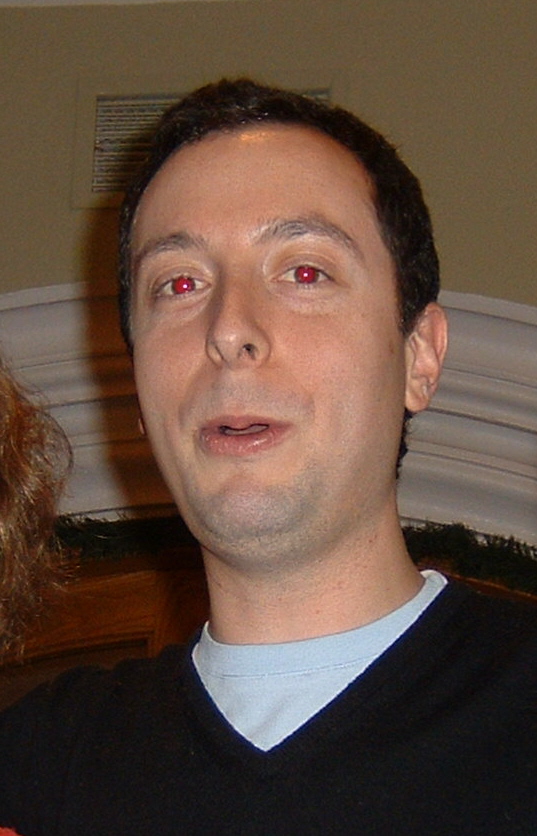
Flipped SNAREs fuse whole cells, and provide a system where the role of each membrane fusion component can quantitatively be individually determined. Additionally, these cells are large (~20 µM), and can provide robust electrophysiological capacitance step and conductance data upon membrane fusion (Lindau and Gomperts 1991; Lollike and Lindau 1999). These features make flipped SNAREs an ideal system to deconstruct and define the roles of the SNARE fusion machinery and companion proteins, while providing quantitative kinetic measurements of their effects. (website)
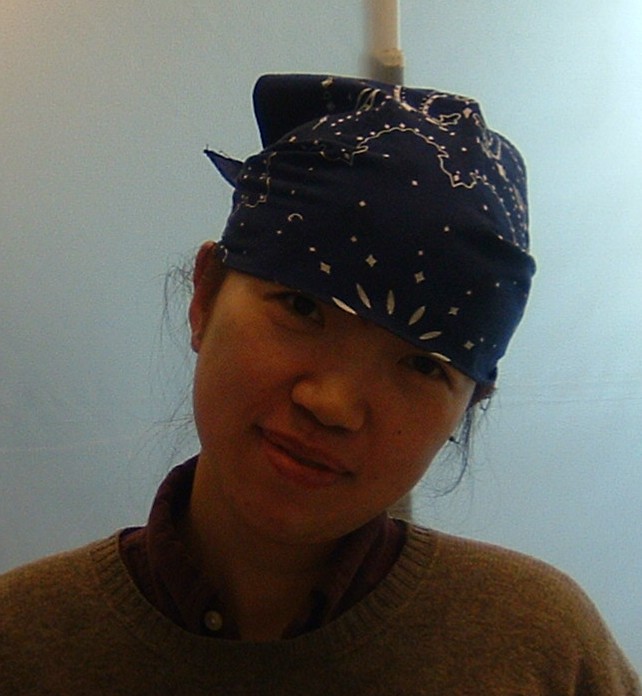
I am applying concepts I first developed studying viral fusion peptides during my thesis work, to questions about SNARE-mediated intracellular fusion and exocytosis. Using high resolution optical approaches, I am studying the lipid assembly and distribution in various artificial membranes, focusing on questions regarding the dynamic nature of the SNARE-assembly.
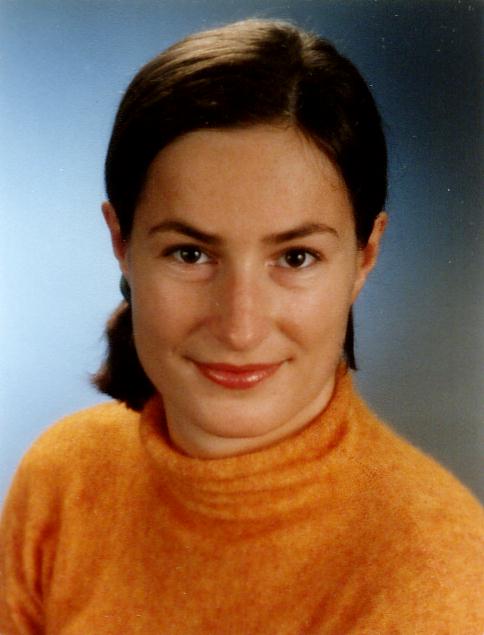
Neurotrophins are essential for neuronal survival and differentiation. My research aims to identify and characterize small non-peptidal molecules which either mimic neurotrophic effects or potentiate the effect of neurotrophins. Thus, these molecules might become potential tools in neurodegenerative diseases. I am taking a multidisciplinary approach: (1) Possible candidate molecules are identified by high-throughput screening using a neurite outgrowth assay and a c-Fos assay. (2) Microarrays and siRNA techniques provide information about intracellular pathways involved. (3) Biochemistry aims to define the molecular target(s).

Claudio Giraudo, Ph.D. in Biochemistry from the National University of Cordoba, Argentina
Recently, we used the flipped-SNARE cell fusion assay to show that SNARE proteins can promote complete fusion and hemifusion as alternative outcomes (Giraudo et. al 2005, J.Cell Biol.170:249-260). About 65% of events resulted in full fusion; the remaining 35% in hemifusion; of those about 2/3 were permanent and approximately 1/3 were reversible. We predict that this relative close balance among outcomes will be altered in the presence of regulatory proteins allowing for dynamic physiologic regulation of pore formation and expansion during membrane fusion.
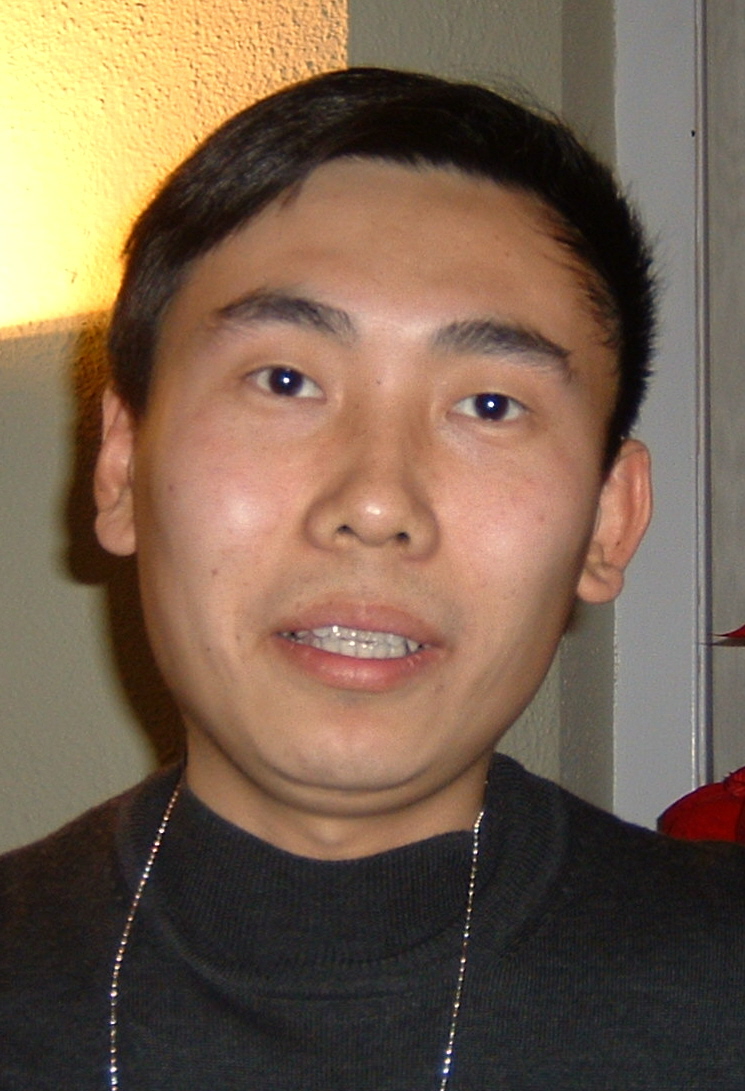
In regulated exocytosis, the core membrane fusion machinery-SNARE proteins-cooperate with a group of regulatory factors to couple membrane fusion to particular stimuli, such as an increase of intracellular calcium ion concentration. I utilize in vitro reconstitution to ask mechanistic questions concerning precisely how regulatory proteins control exocytosis at the molecular level. Our long-term vision is to reconstitute, protein by protein, the basic properties and fine-tuning of regulated exocytosis.

Fabienne Paumet, Ph.D. in Cellular Biology and Biochemistry from Institut de Pasteur
As a post-doctoral fellow, I characterized two new yeast SNARE complexes involved in endocytosis and I contributed to the discovery that the specificity of membrane fusion in cells arises from the SNARE motif itself and the modulation of the SNARE complex composition. In addition, I demonstrated that kinetic control of SNARE-mediated fusion is directly linked with the t-SNARE proteins and is defined by two protein folding events including an N-terminal auto-inhibitory mechanism and a regulated assembly of the four coiled-coil SNARE domains. As an Associate Research Scientist, I am now interested in understanding how this same machinery can be corrupted by pathogens during infectious diseases in mammals.

My research is focussed on the development, progression and complications associated with diabetes. This work is largely a high-throughput, high-content methods and with various gene expression/silencing techniques such as adenovirus-mediated expression and RNA interference. One of our current initiatives is "functional mapping of diabetes-susceptibility loci" to identify novel genes involved in diabetes. This is accomplished by utilizing RNA interference to systematically dissect clinically relevant chromosome regions identified by population genetics. Candidate causative genes are identified by assessing a gene-by-gene knockdown against cell-based functional assays. Other projects include extending this strategy towards other diseases, metabolism-secretion coupling in the beta cell, and the mechanisms of antigen presentation in regards to type I diabetes.
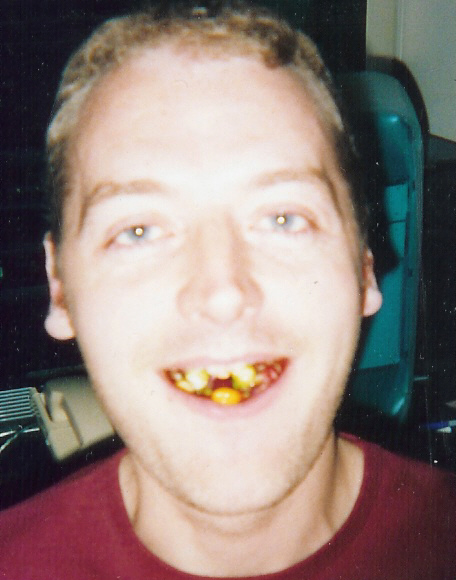
The energy made available by the directed assembly of the SNARE complex drives membrane fusion. I am determining these nanoscale forces between macromolecular assemblies and at the single molecule level with a variety of approaches including the Surface Force Apparatus, the Vesicle and Cell Micromanipulation techniques and the Bead Force Probe.
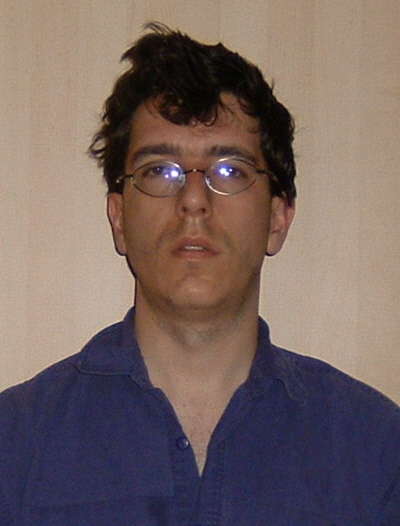
SNAREs direct the fusion of transport vesicles to spatially localized membrane targets with a temporal regulation that in very specialized instances (aka the synapse) can exceed millisecond resolution. In reconstituted systems, fusion is generally slower by several orders of magnitude. I have employed novel reconstitution platforms to capture single fusion events between cells or between liposomes and planar bilayers. As we begin to understand the fusion event itself, we begin to realize the critical roles that membrane geometry and SNARE-associated regulatory factors play in achieving precise temporal resolution.

The melanocortin receptor subtype 4 (MC4-R) plays an important role in the mechanism regulating appetite and body weight. Mutations in the MC4-R cause obesity in both mice and humans and energy homeostasis through this pathway is highly susceptible to quantitative variation in MC4-R expression. We are currently using a cell-based approach to study how changes in steady-state regulation of MC4-R function could affect this signaling pathway, and the role of vesicle trafficking in these processes. We use the mouse neurosecretory hypothalamic GT1 cell line, where MC4-R is endogenously expressed and its activation couples to gonadotropin-releasing hormone release. By gene expression profiling, we expect to have an insight into the mechanisms that regulate MC4-R function. We are also currently developing stable cell lines expressing molecular-tagged receptor forms to perform genetic and chemical screenings.

Hong Ji, Ph.D. in Physiology and Biophysics from Albert Einstein Medical School
We are currently applying total internal reflection fluorescence microscopy to monitor individual fusion events between proteoliposomes containing vesicle soluble N-ethylmaleimide-sensitive factor attachment protein receptors (SNAREs) and a supported planar bilayer containing cognate target SNAREs. Fluorescent phospholipids from the vesicle membrane are utilized as probes to quantitively determine the approach, docking, and fusion of individual vesicles to the target membrane. This assay will help us understand how the fusion of two opposing membrane bilayers mediated by the SNARE core complex is affected by factors such as Ca2+ influx, core complex composition and regulatory proteins etc.
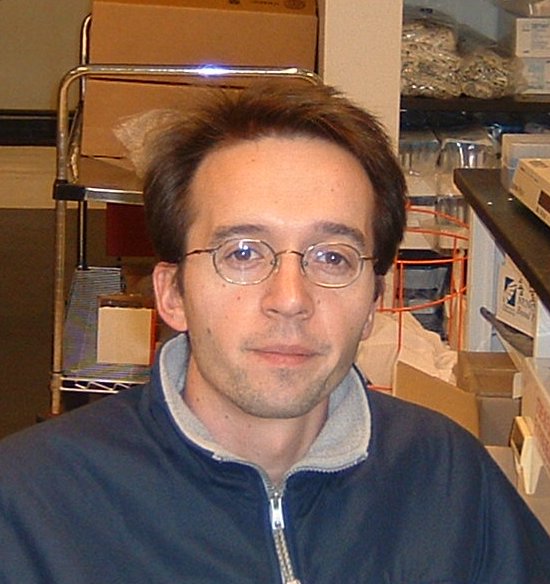
The autophagosome is a degradative compartment with unique protein signatures which has the flexibility to degrade very large protein or organellar accumulations. Its biogenesis is poorly understood, and the source of intracellular membrane that ultimately gives rise to the autophagosome is unknown. I am investigating which, if any, components of the secretory pathway are involved in this mechanism.